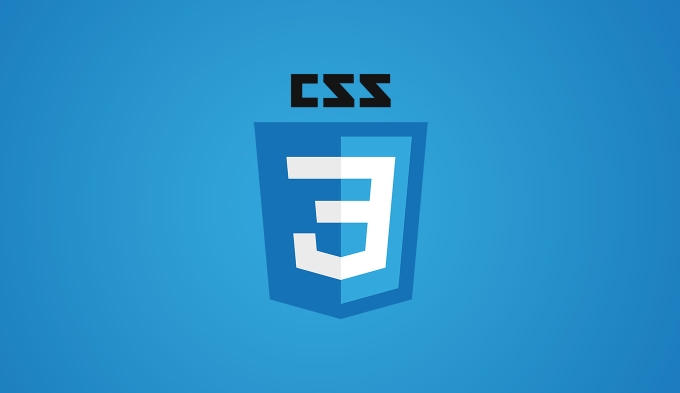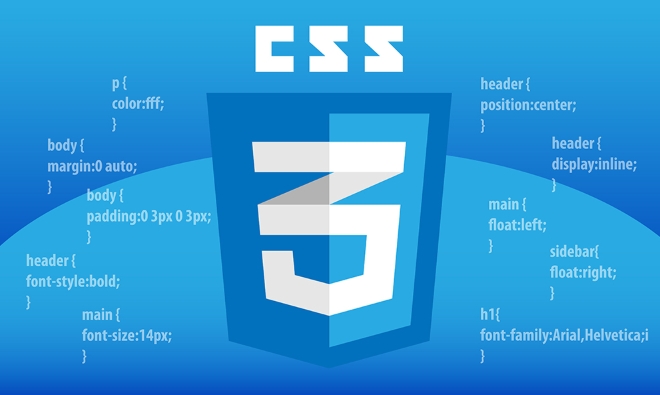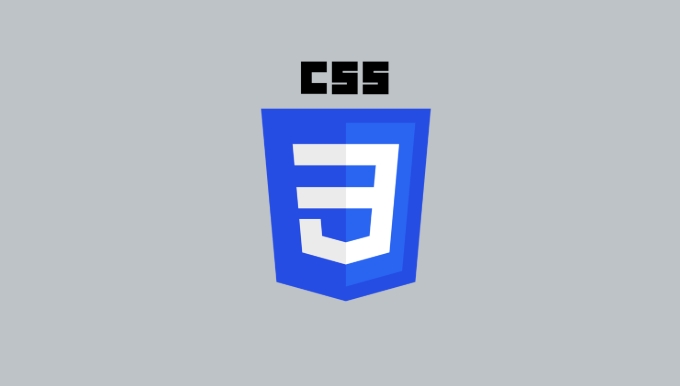The CSS calc() function allows dynamic sizing of webpage elements by performing mathematical operations in stylesheets. It enables flexibility by mixing units like %, px, em, and rem, and recalculates values on the fly. 1. It is useful for responsive layouts, such as setting width with spacing adjustments: width: calc(100% - 20px);. 2. It helps maintain dynamic gaps in grids or Flexbox layouts by factoring in margins and padding. 3. It supports fluid typography, like font-size: calc(16px 2vw);, allowing scalable text without media queries. 4. When combined with CSS variables, it promotes reusable and maintainable code, for example: padding: calc(var(--spacing) * 2);. Key tips include using spaces around operators, avoiding overly complex expressions, and testing across devices for optimal results.

When you need elements on your webpage to size themselves dynamically based on other values, the CSS calc() function is a powerful tool. It allows you to perform mathematical operations right in your stylesheets, making it easier to create flexible and responsive layouts without relying solely on JavaScript or fixed sizes.

Why Use calc()?
The main benefit of calc() is flexibility. You can mix different units (like percentages, pixels, ems, rems), and it recalculates values on the fly. This makes it ideal for situations where you want spacing, widths, heights, or font sizes to adjust based on other known values.

For example:
width: calc(100% - 20px);
This line tells the browser to take the full width of the container and subtract 20 pixels — useful when accounting for padding or borders without changing the box model.

Responsive Layouts with Dynamic Gaps
One common use case is creating layouts that maintain spacing between elements while adjusting to screen size. Imagine a grid where each column should be 30% wide, but also have a 5% margin on each side.
You could do something like this:
.column {
width: calc(30% - 10%);
}Or if you're using Flexbox and want to avoid negative margins, calc() can help set consistent spacing by adjusting padding or margin directly on the container.
Some key points:
- You can mix units like
%,px,em,remfreely. - Always include a space around operators (
-, etc.). - It’s supported in all modern browsers.
Font Size That Scales with Viewport
Another clever use of calc() is for fluid typography — making font sizes adapt smoothly between minimum and maximum values as the screen resizes.
Here’s an example:
font-size: calc(16px 2vw);
This means the font will always be at least 16px, but also grow slightly as the viewport gets wider. It avoids text looking too small on large screens without needing media queries for every size change.
Tips:
- Start with a base size in pixels.
- Add or subtract a relative unit like
vworvh. - Test how it behaves across devices.
Combining calc() with CSS Variables
Using calc() with custom properties (CSS variables) opens up even more dynamic possibilities. For instance, you might define spacing values once and then use them in calculations throughout your layout.
Example:
:root {
--spacing: 20px;
}
.container {
padding: calc(var(--spacing) * 2);
}This keeps your code DRY and makes global changes much easier. If you update --spacing, everything that uses it in a calculation updates automatically.
A few things to keep in mind:
- Nesting
calc()inside anothercalc()is allowed. - Don’t forget spaces around math operators.
- Avoid overly complex expressions; they can get hard to read.
That’s basically what you need to start using calc() effectively. It's not complicated, but it does require attention to syntax and testing across devices. Once you get used to it, though, it becomes one of those tools you reach for often.
The above is the detailed content of Utilizing CSS calc() function for dynamic sizing. For more information, please follow other related articles on the PHP Chinese website!

Hot AI Tools

Undress AI Tool
Undress images for free

Undresser.AI Undress
AI-powered app for creating realistic nude photos

AI Clothes Remover
Online AI tool for removing clothes from photos.

Clothoff.io
AI clothes remover

Video Face Swap
Swap faces in any video effortlessly with our completely free AI face swap tool!

Hot Article

Hot Tools

Notepad++7.3.1
Easy-to-use and free code editor

SublimeText3 Chinese version
Chinese version, very easy to use

Zend Studio 13.0.1
Powerful PHP integrated development environment

Dreamweaver CS6
Visual web development tools

SublimeText3 Mac version
God-level code editing software (SublimeText3)

Hot Topics
 How can I include CSS only on some pages?
Jun 11, 2025 am 12:01 AM
How can I include CSS only on some pages?
Jun 11, 2025 am 12:01 AM
There are three ways to selectively include CSS on a specific page: 1. Inline CSS, suitable for pages that are not frequently accessed or require unique styles; 2. Load external CSS files using JavaScript conditions, suitable for situations where flexibility is required; 3. Containment on the server side, suitable for scenarios using server-side languages. This approach can optimize website performance and maintainability, but requires balance of modularity and performance.
 Flexbox vs Grid: Understanding the Key Differences in CSS Layout
Jun 10, 2025 am 12:03 AM
Flexbox vs Grid: Understanding the Key Differences in CSS Layout
Jun 10, 2025 am 12:03 AM
Flexboxisidealforone-dimensionallayouts,whileGridsuitstwo-dimensional,complexlayouts.UseFlexboxforaligningitemsinasingleaxisandGridforprecisecontroloverrowsandcolumnsinintricatedesigns.
 Creating an Auto-Closing Notification With an HTML Popover
Jun 10, 2025 am 09:45 AM
Creating an Auto-Closing Notification With an HTML Popover
Jun 10, 2025 am 09:45 AM
The HTML popover attribute transforms elements into top-layer elements that can be opened and closed with a button or JavaScript. Popovers can be dismissed a number of ways, but there is no option to auto-close them. Preethi has a technique you can u
 What is 'render-blocking CSS'?
Jun 24, 2025 am 12:42 AM
What is 'render-blocking CSS'?
Jun 24, 2025 am 12:42 AM
CSS blocks page rendering because browsers view inline and external CSS as key resources by default, especially with imported stylesheets, header large amounts of inline CSS, and unoptimized media query styles. 1. Extract critical CSS and embed it into HTML; 2. Delay loading non-critical CSS through JavaScript; 3. Use media attributes to optimize loading such as print styles; 4. Compress and merge CSS to reduce requests. It is recommended to use tools to extract key CSS, combine rel="preload" asynchronous loading, and use media delayed loading reasonably to avoid excessive splitting and complex script control.
 How to use Lotties in Figma
Jun 14, 2025 am 10:17 AM
How to use Lotties in Figma
Jun 14, 2025 am 10:17 AM
In the following tutorial, I will show you how to create Lottie animations in Figma. We'll use two colorful designs to exmplify how you can animate in Figma, and then I'll show you how to go from Figma to Lottie animations. All you need is a free Fig
 Breaking Boundaries: Building a Tangram Puzzle With (S)CSS
Jun 13, 2025 am 11:33 AM
Breaking Boundaries: Building a Tangram Puzzle With (S)CSS
Jun 13, 2025 am 11:33 AM
We put it to the test and it turns out Sass can replace JavaScript, at least when it comes to low-level logic and puzzle behavior. With nothing but maps, mixins, functions, and a whole lot of math, we managed to bring our Tangram puzzle to life, no J
 External vs. Internal CSS: What's the Best Approach?
Jun 20, 2025 am 12:45 AM
External vs. Internal CSS: What's the Best Approach?
Jun 20, 2025 am 12:45 AM
ThebestapproachforCSSdependsontheproject'sspecificneeds.Forlargerprojects,externalCSSisbetterduetomaintainabilityandreusability;forsmallerprojectsorsingle-pageapplications,internalCSSmightbemoresuitable.It'scrucialtobalanceprojectsize,performanceneed
 Does my CSS must be on lower case?
Jun 19, 2025 am 12:29 AM
Does my CSS must be on lower case?
Jun 19, 2025 am 12:29 AM
No,CSSdoesnothavetobeinlowercase.However,usinglowercaseisrecommendedfor:1)Consistencyandreadability,2)Avoidingerrorsinrelatedtechnologies,3)Potentialperformancebenefits,and4)Improvedcollaborationwithinteams.






